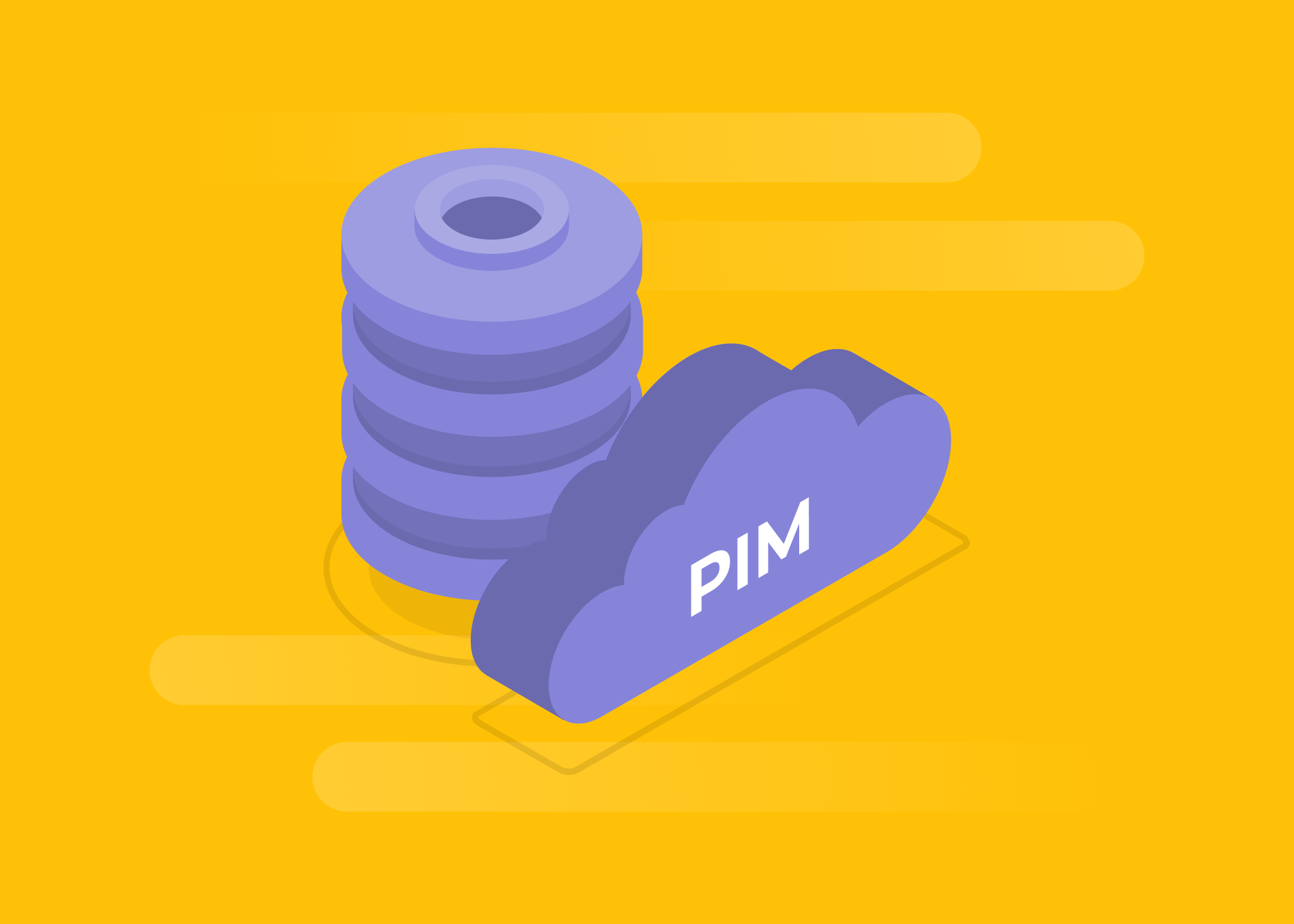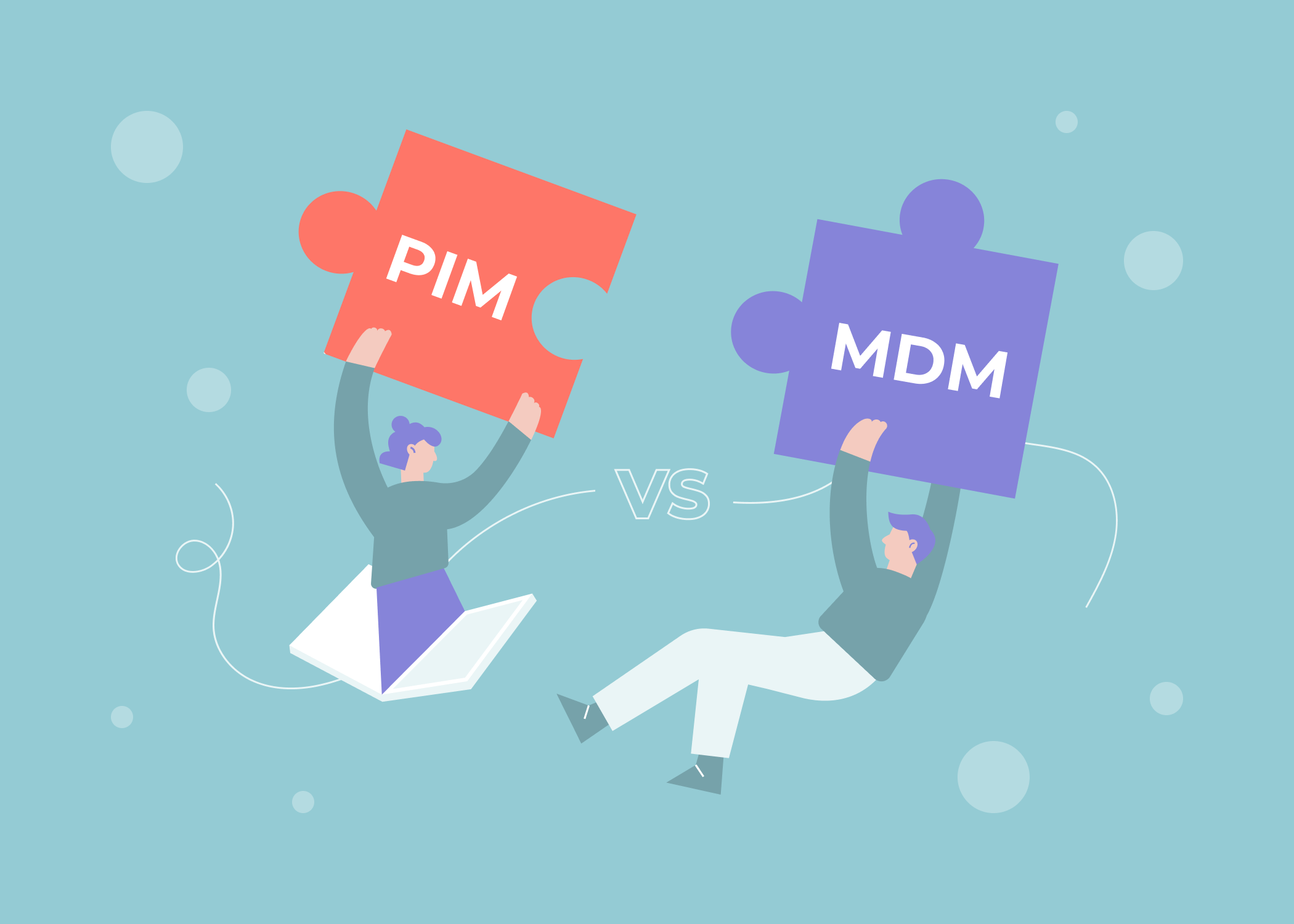Content
What Is PIM?

Time to read: 10 minutes
Delivering compelling product experiences is a crucial success factor for any business, whether you are selling to consumers or businesses. To make an informed purchase decision, your customers expect to find comprehensive, current, and reliable product information across all digital touchpoints and platforms.
Businesses that can't correctly manage and collaborate on product information miss out on sales possibilities and lose market share. Product information management (PIM) software aids in standardizing the ever-more complex requirements for product content.
In this article, we will dive deeper into the idea of PIM solutions, explain how PIM systems work, and suggest the best PIM software for your Magento 2-based e-commerce store. Let’s get started!
What Is PIM Software?
Product information management (PIM) is the practice of managing and improving product information across all of your selling platforms. All product material and digital assets, such as pictures, videos, personalized representations, product classification, and more, are included in this process, which is also known as PIM software.

PIM software, in turn, controls intricate product data and digital assets from a single location. This makes it possible for brands, producers, distributors, and retailers to collaborate using a single source of information.
When a company's needs for product data increase and the previous method of handling data is no longer sufficient, a PIM system becomes necessary.
Read also: Composable commerce advantages
What kind of data is in a PIM system?
You can enter, enhance, and synchronize a variety of product data using a PIM, including but not restricted to
- Technical data. Size, weight, color, measurements, and other technical details are included in this. You may improve the product experience and lower the possibility of a product return by giving a thorough overview of all the technical elements of each product.
- Usage data. Usage data's main goal is to simply explain how customers should utilize your product. To help the consumer comprehend the full possibilities of the product and guarantee a higher level of customer satisfaction, this can involve recommending primary and supplemental use cases.
- Emotional data. Through the use of emotive language, this data aims to strengthen the bond between the product and potential customers.
Who needs a PIM system?
There are lots of PIM system users. In actuality, PIM systems affect every department throughout the value chain, and many departments actively use them. Broadly speaking, some PIM system users are
- Marketing and sales teams. For multichannel sales, marketing teams must manage, manufacture, and sell products through effective marketing at every touchpoint.
- Suppliers. Suppliers use the PIM system owned by their client (i.e., the company) to add or update more information about their products, from price to inventory level.
- Procurement departments. Procurement departments also use PIM systems to store information gathered on products, including prices, standards for product quality, and information about contracts reached with suppliers.
- Customers. By using a PIM system, customers might include images or videos of their product experiences in their own product reviews.

How do PIM systems work?
In order for businesses to provide consistent, accurate, and high-quality product information to their customers, PIM solutions streamline internal procedures. As a result, brands provide superior omnichannel and customer experiences, which eventually result in higher revenue.
With a PIM tool, the system maintains one master profile for all the data related to a product. Product data from external systems or sources can be imported into the PIM platform by designated users or a system administrator.
The PIM tool enables users to add marketing copy or digital assets to product data, alert collaborators to take action, and deliver updated exports with the most recent product information to e-commerce partners, print publishers, websites, and other channels.
As a result, the PIM system now has structured product information that system users can readily alter to provide exports for different publishers and syndication platforms that are channel-specific.
Lets talk about itHave a project in mind?
Pros and Cons of PIM Solutions
The benefits of using PIM for e-commerce organizations are
- Faster time-to-market and scaling. A product's ability to reach the market depends on the completeness of its product information. The issue is that manual content management is cumbersome and doesn't provide a way to determine which parts still need improvement. You can get a clear image of content consistency with the aid of PIM systems.
- Increased productivity. For brands, manually organizing product information in spreadsheets consumes a significant amount of time. Greater numbers of businesses are now converting to automated PIM solutions. PIM software gives e-commerce businesses the ability to automate these labor-intensive internal activities. This enables online manufacturers to focus their time and resources on other aspects of their businesses.
- Boosting sales. By using a PIM, you can properly organize your product stories using a centralized framework. This will establish an open line of communication with your audience. After all, a happy customer is far more likely to come back in the future.
Although PIM solutions address numerous e-commerce management issues, you may still face certain challenges:
- Adaptability. It can be difficult and time-consuming to change product information to reflect seasonal or popular keywords or lengthen, shorten, or add a product field since product taxonomies are closely tied to pre-existing attributes. This problem can be resolved by product experience management (PXM) technology, which can help drive data quality in accordance with market standards.
- Communication limitations. PIMs are frequently sealed off to teams that work together to get products published in the e-commerce space since they are built to hold one single version of vast quantities of data. To solve this problem, you can make some custom adjustments or develop your own PIM system from scratch.
Check out how we helped the client develop a data management hub running on Pimcore. Read the full case study.
Best PIM Software for Magento 2
Magento 2 can serve as the most effective e-commerce development platform for your company's needs. It is quite scalable and can easily store and handle hundreds of items. Here is a list of the best PIM software solutions to integrate with your Magento 2-based website:
- Akeneo. With the help of the open-source PIM software Akeneo, retailers can store all relevant product information and data in one location and export it to several channels. The global leader in PXM and PIM solutions, Akeneo enables brands and retailers to create an engaging customer experience across all sales channels, enhance the quality of product data, and streamline the management of product catalogs.
- InRiver. With the aid of InRiver PIM software, B2C and B2B multi-channel commerce can manage and disseminate pertinent product content in numerous languages to different sales channels from a single central master file.
- BlueStone. Bluestone is a PIM system that maintains digital photos and product content and is driven by an API. In terms of handling product information, it is a potent toolkit. The service is always evolving, and the industry is starting to see the advantages of an IT architecture built on multi-tenant SaaS, API first, and microservices. The main goal is to add value to clients' businesses by assisting them in improving quality and sales while reducing the risk associated with their product offerings.
Conclusion
You're undoubtedly prepared to optimize the way you manage your e-commerce store now that you understand what PIM is, the function of a PIM system, the types of information it can handle, and the benefits of adopting PIM for your online store.
To ensure benefits for your digital commerce solution, we'd like to assist you in implementing a PIM solution. Choose our e-commerce consulting services, and let's talk about how to make a PIM system work for your company!
Let professionals meet your challenge
Our certified specialists will find the most optimal solution for your business.




